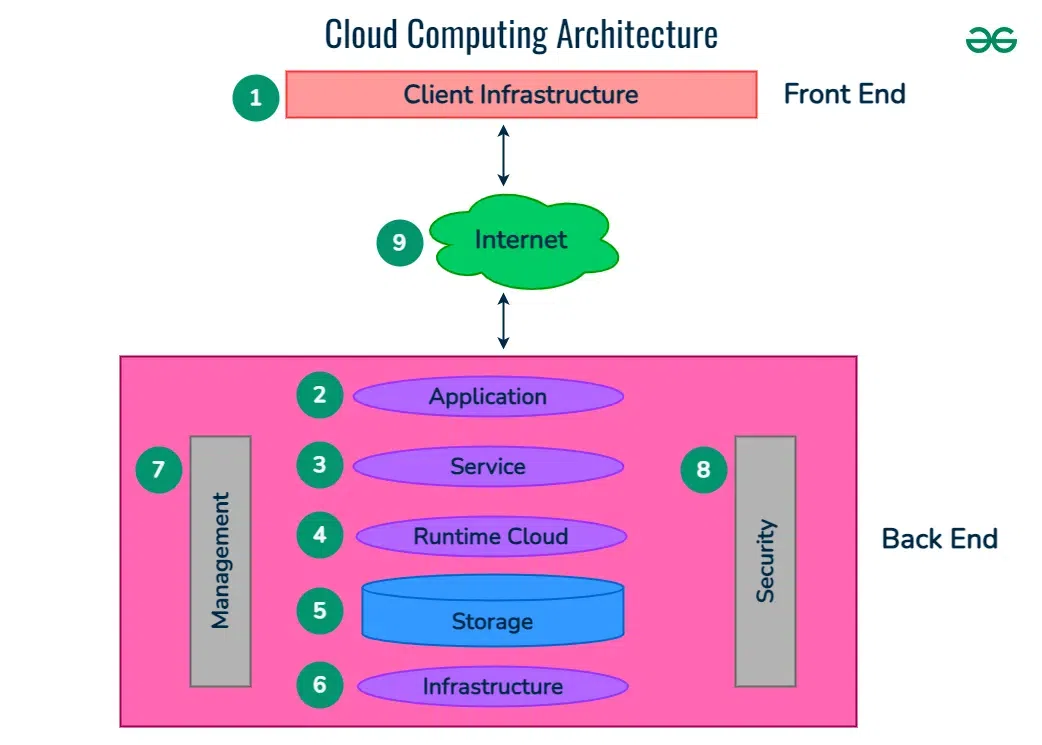Raise Your Company with LinkDaddy Cloud Services: Releasing Universal Cloud Service Prospective
Raise Your Company with LinkDaddy Cloud Services: Releasing Universal Cloud Service Prospective
Blog Article
Simplify Your Facilities With Cloud Provider
As organizations navigate the ever-evolving landscape of innovation and data monitoring, the duty of cloud services in simplifying facilities has actually ended up being progressively prominent. The allure of structured procedures, improved performance, and enhanced resource allowance through cloud options is undeniable. Nonetheless, the trip in the direction of a more nimble and cost-effective IT framework includes greater than simply moving to the cloud. It calls for a calculated strategy and a deep understanding of the subtleties of cloud adoption. Exactly how can companies efficiently navigate this change and really unlock the capacity of cloud services for simplifying their facilities?
Advantages of Cloud Services
Cloud services use a structured approach to handling IT framework, offering organizations with cost-efficiency, versatility, and scalability. One of the essential advantages of cloud solutions is the scalability they supply. Businesses can easily scale their sources up or down based on need, ensuring they only pay for what they make use of. This versatility is particularly helpful for businesses with changing needs or those experiencing growth.
Additionally, cloud solutions remove the need for services to purchase pricey software and hardware. This cost-efficiency is a considerable benefit, specifically for little to medium-sized enterprises aiming to reduce ahead of time prices. By utilizing cloud solutions, companies can access high-quality IT sources without the large price connected with conventional framework configurations.
Additionally, cloud services supply businesses with the versatility to access their information and applications from anywhere with a web connection. This level of accessibility boosts cooperation among teams, allows remote job, and enhances general efficiency. The flexibility provided by cloud solutions equips businesses to adapt promptly to changing market problems and client needs.
Price Financial Savings and Scalability
Along with the operational benefits highlighted previously, the assimilation of cloud services right into a business's framework comes up with substantial price financial savings and boosted scalability. Cloud services provide a pay-as-you-go version, allowing businesses to range sources up or down based on existing needs, therefore avoiding the expenses related to preserving excess ability. This adaptability enables companies to adapt rapidly to rising and fall needs without incurring unneeded expenses.
Additionally, cloud services get rid of the requirement for in advance investments in software and hardware, decreasing capital investment. General expenses are likewise minimized as companies no more need to manage and preserve physical web servers, bring about reduced power consumption and IT staffing prices. In addition, cloud solutions give automatic updates and maintenance, making certain that the framework remains safe and updated without calling for hand-operated interventions.
Improved Safety And Security Measures
Applying rigorous safety procedures is vital when incorporating cloud services into a firm's facilities to safeguard delicate information and read the article make sure conformity with sector guidelines. Cloud service companies provide enhanced security functions such as information file encryption, firewall program protection, and multi-factor verification to alleviate cybersecurity dangers.
Furthermore, regular safety audits and conformity analyses assist ensure and recognize vulnerabilities adherence to sector requirements. Companies can additionally take advantage of functions like automated protection updates and real-time threat surveillance offered by cloud service providers. By focusing on security actions and remaining positive in resolving potential threats, organizations can confidently utilize cloud solutions while shielding their important information from unapproved gain access to or violations.
Transitioning to Cloud Framework
To effectively integrate cloud services into a business's infrastructure, an organized approach that addresses the change towards cloud-based options is necessary. Transitioning to cloud framework involves cautious preparation and implementation to make certain a smooth migration process. The initial step is to evaluate the existing framework and identify which applications and systems are ideal for migration to the cloud. This assessment must consider factors such as data sensitivity, conformity needs, and efficiency needs.
When the evaluation is total, a migration technique ought to be developed. This strategy should outline the timeline, sources, and duties for relocating each element to the cloud. It is vital to communicate this plan plainly to all stakeholders to guarantee placement and decrease disturbances throughout the shift.
Throughout the movement surveillance, procedure and screening are essential to identify and resolve any kind of problems promptly. Normal checkpoints must be established to track progression and make required adjustments. In addition, training for workers on using cloud solutions ought to be provided to make certain an effective shift and make best use of the advantages of the brand-new framework.
Finest Practices for Cloud Fostering
Effective fostering of cloud services hinges on the critical positioning of business purposes with technological capacities and organizational readiness. To make sure a smooth shift to the cloud, companies must begin by carrying out an extensive analysis of their current framework and identifying which workloads are best matched for cloud migration. It is essential to include vital stakeholders from different departments in the decision-making procedure to get buy-in and address any type of concerns at an early stage.
One more ideal method for cloud fostering is to prioritize security and conformity. Organizations must meticulously assess the protection steps supplied by cloud provider and make certain that their data is secured according to industry criteria and regulative requirements. Applying durable information security, accessibility controls, and routine safety and security audits can aid reduce threats connected with cloud fostering.

Conclusion

As companies navigate the ever-evolving landscape of innovation and data administration, the duty of cloud solutions in simplifying facilities has actually become increasingly prominent - Cloud Services. Exactly how can businesses effectively navigate this transition and really unlock the capacity of cloud services for simplifying their facilities?
Cloud solutions offer a structured strategy to handling IT facilities, providing organizations with cost-efficiency, flexibility, and scalability. By using cloud services, businesses can access high-quality IT sources without the large cost tag connected with traditional framework configurations.
To make sure a smooth shift to the cloud, organizations must begin by conducting a detailed analysis of their existing framework and determining which work are best suited for cloud migration.
Report this page